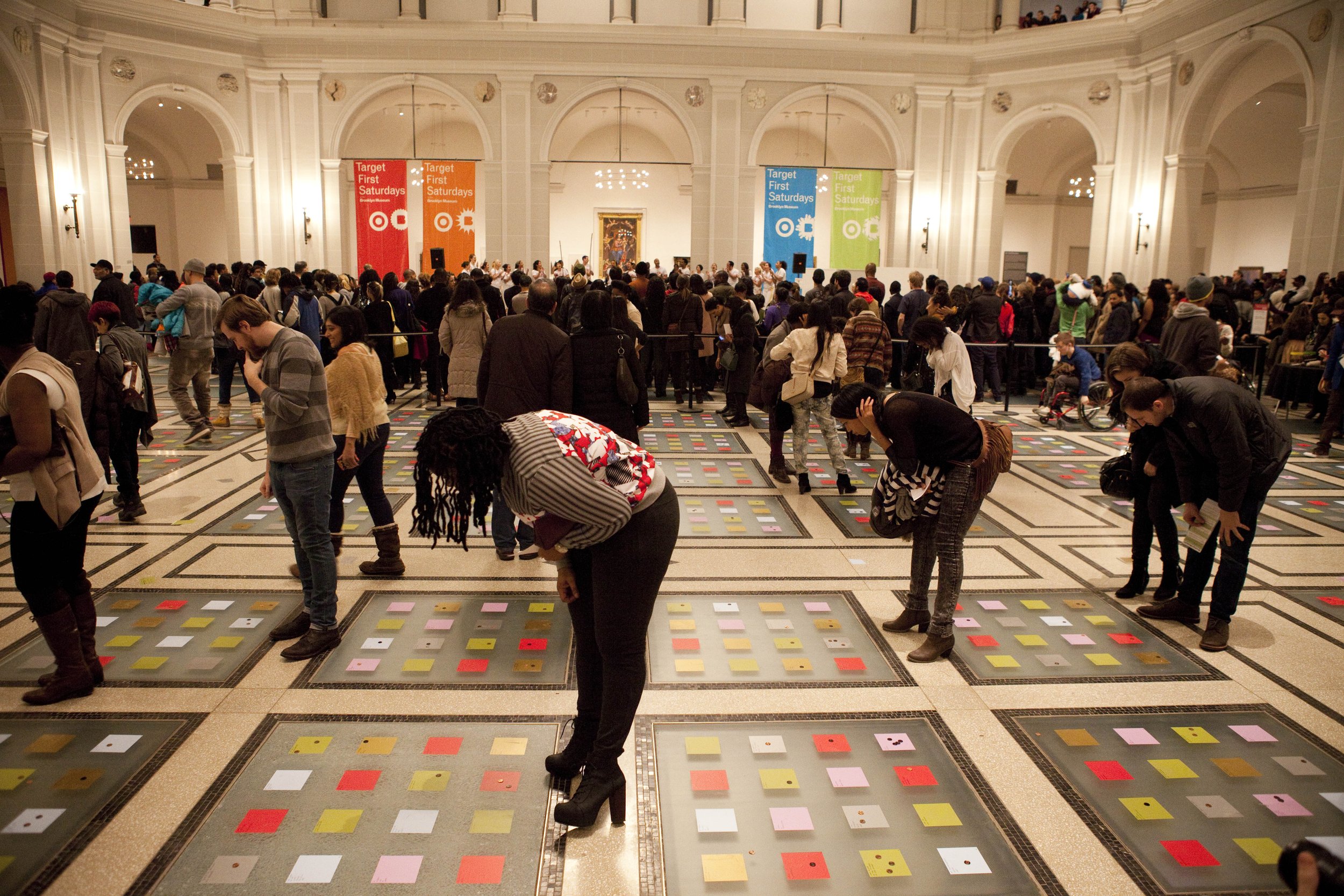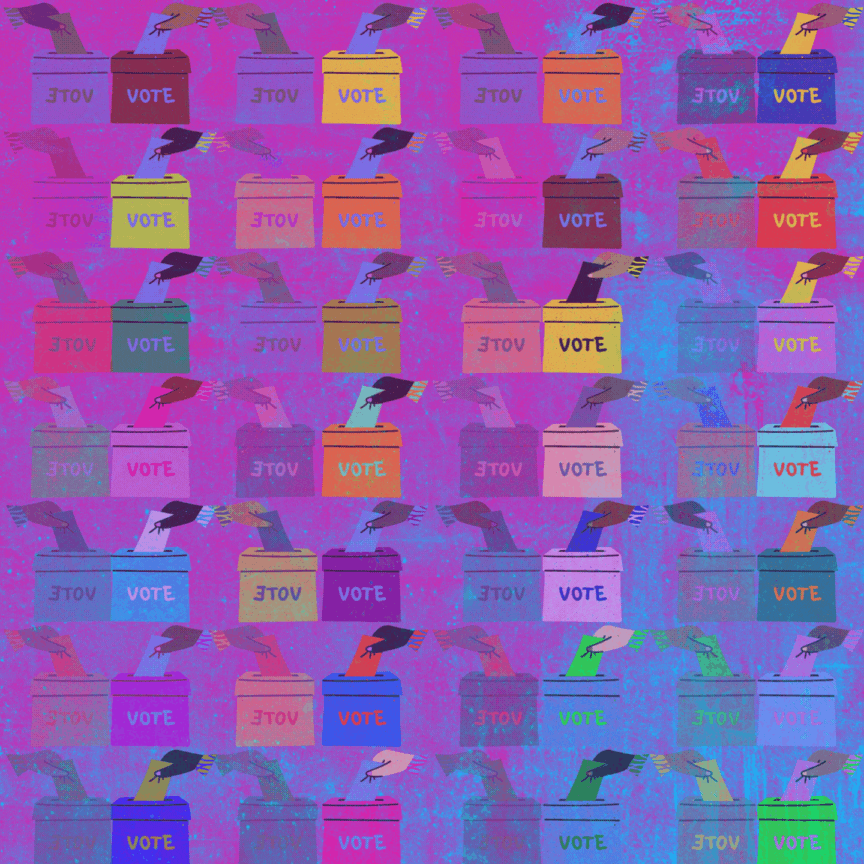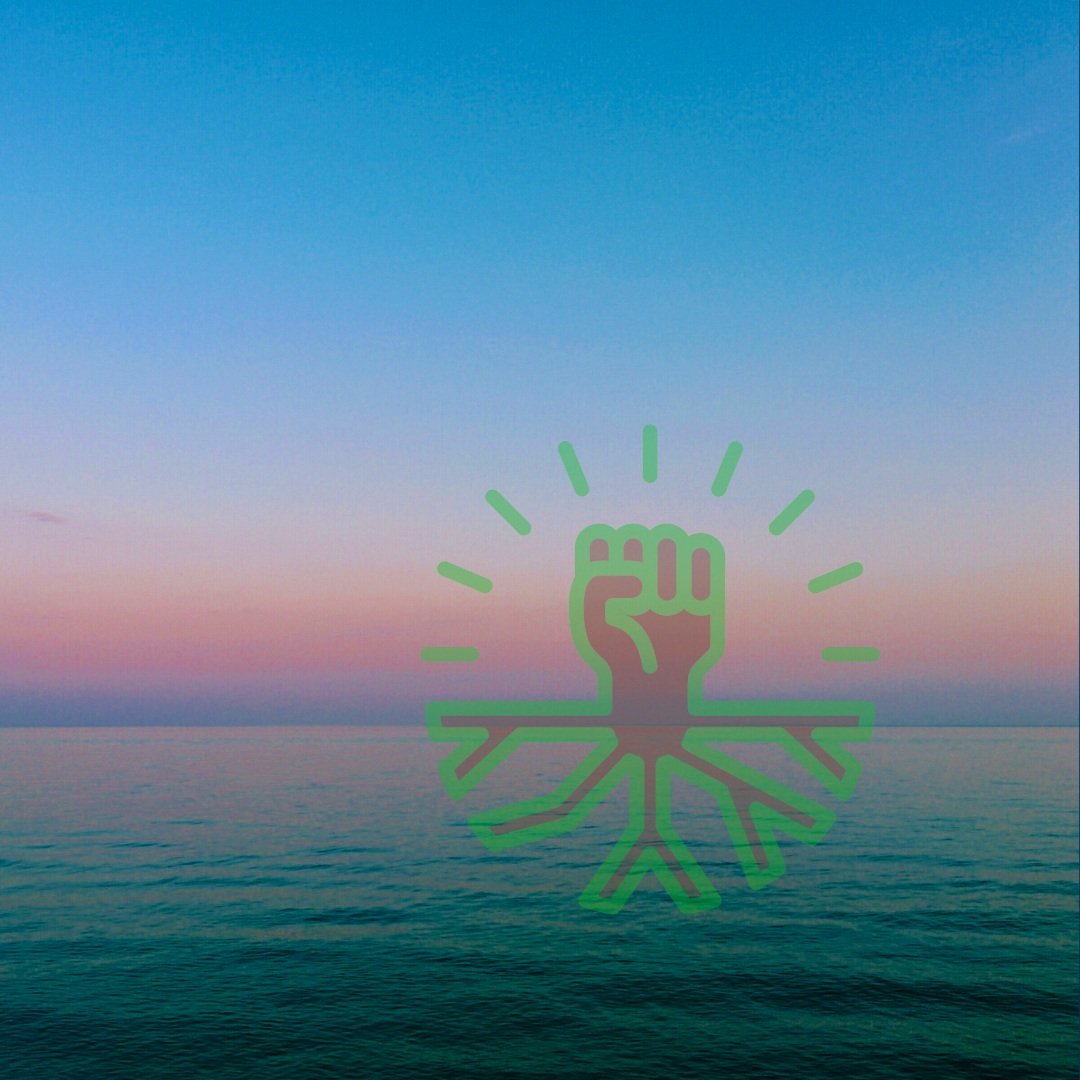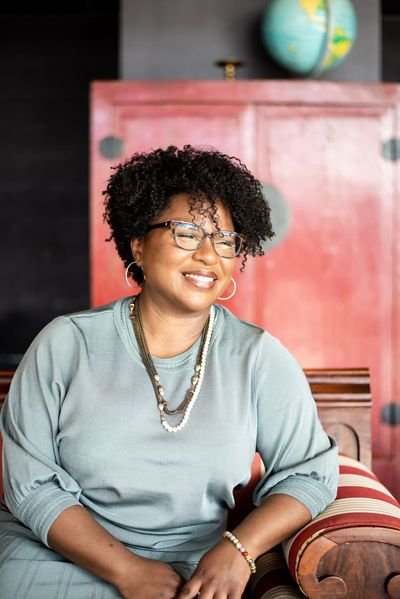
NARRATIVE CHANGE
Image: “Micro-fiction Game”. By Anjali Deshmukh. Brooklyn Museum, 2013. Photo by Chasi Annexy.
MJN sees narrative as the stories, facts, beliefs, and ideas that are told to us, we tell ourselves, and we tell others. We are committed to fostering narratives that serve justice and noticing when they don’t.

WHAT WE DO
We design narratives and resources to make justice normal by creating content in our own practices and partnering with values-aligned organizations to deepen collective understanding.
Our goal is to serve justice by sparking participation in aligned movements, supporting community building among participants, and creating easeful & joyful pathways to action for people of all ages and backgrounds, including future movement participants wondering how to get involved. These intentions feed all of MJN’s venture projects, including Street Works, Into the Record, and more.
WHAT WE KNOW
Narratives form from words, pictures, sounds, & way more. They shape — & are shaped by — how we think, what we think, and what we do, on our own & together. Designing narratives requires us to understand how narratives form and decide which processes best serve justice.
The six characteristics below ground us in how important interaction, context, authenticity, empathy, and human connection are in fostering change. It also reminds us that flashy campaigns need to be backed up by concrete, embodied, and practical actions if we want short term inspiration to have long term impact.

HOW WE PARTNER
-
MJN collective members have a lot of experience in research, associated with narrative design and far beyond. We have a method of organizing and tagging narratives alongside specific program actions, styles, and audiences. All our work applies a justice lens and serves movements for justice.
-
We don't think of narrative as "branding." For example, the narratives you are conveying might not actually be the narratives you want to convey, and your programs or organizational strategy might have to shift for everything to line up. Our combined experiences in inclusive economies, justice, and art & media give us unique ability to know when things aren't lining up and where to look for examples of practice — beyond ourselves
-
We are event designers, with decades of experience in organizing conferences, webinars, an open forums. We are public, participatory artists, working on the street. We are writers, familiar with traditional forms of communication. We are visual artists with a love for form and color. We are performers and musicians, who have taken the stage. MJN has many roots in the arts and loves working radically across disciplines.
WHO NOURISHES THIS WORK
This is a snapshot of community members involved in MJN. We’re more like a collective and community than an organization with full time staff. When projects come up, we reach out to community, think about how to support one another, pass forward work to another, and build teams according to capacity and what the project needs.















